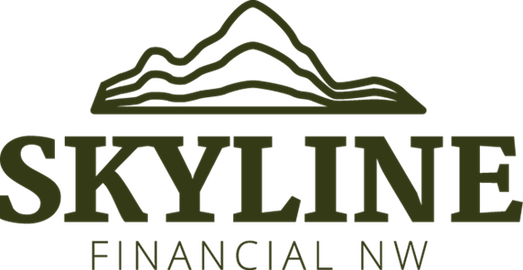SECURE Act 2.0 & IRS COLA Increases
Field Note: February 2023
Between SECURE Act 2.0 and the annual IRS cost of living increases on benefits and contributions, late 2022 brought significant changes, and potential opportunities, to the retirement plan landscape. To assist with navigating all these updates, we’ve put together a brief summary of some of the key changes that may impact you.
Yes, inflation is as high as it’s been since the 1981. While inflation presents strong headwinds for businesses and consumers, it’s not all bad news. In Q4 of each year, the IRS announces cost of living adjustments to dollar limitations for retirement plans and other tax advantaged accounts. Given higher inflation, the adjustments for 2023 are more substantial than we’ve seen in prior years. Here are a few of the highlights from Notice 2022-55, in addition to some increases to Health Savings Account contribution limits:
The Traditional IRA deduction phaseout and Roth IRA contribution eligibility phase out ranges were also increased. You can find the details here. Holding all else constant, the increased contribution limits, along with higher deductibility and eligibility phases outs, create greater opportunity to reduce taxable income and defer funds toward retirement
In addition to the IRS COLA increases, The Setting Every Community Up for Retirement Enhancement (SECURE) Act 2.0 was signed into law on December 29th, 2022. This legislation has a number of retirement-related provisions, that may impact you.
Here are just a few of the key updates
Required Minimum Distributions - increase to starting age
Beginning in 2023, the RMD age increases to 73, followed by an increase to 75 in 2033
Note: This change will not impact those who have already met their required beginning date, as those individuals will need to continue taking RMDs
Required Minimum Distributions - employer-sponsored Roth accounts exempt from RMDs
Prior to the passage of SECURE Act 2.0, RMDs were required to be taken from both pre-tax and Roth sources in employer-sponsored plans
Beginning in 2024, RMDs will no longer be required from Roth accounts in an employer-sponsored plan
Catch-up Contributions - increases to contribution limits
Beginning in 2024, IRA catch-up contributions (individuals 50 and over) will be indexed to inflation
Beginning in 2025, individuals 60 through 63 will be able to make additional catch-up contributions to an employer-sponsored plan of up to $10,000, which will also be indexed to inflation
Catch-up Contributions - Roth only for higher earners
Beginning in 2024, all employer-sponsored plan catch-up contributions for workers with wages over $145,000 during the prior year must be deposited to a Roth account
Employer Match - option to receive Roth
Prior to the passage of SECURE Act 2.0, match contributions to an employer-sponsored plan were made on pre-tax basis
Effective immediately (2023), employees may be able to elect that the match be made to a Roth account
Note: This provision will likely take some time to be rolled out in the marketplace
The SECURE Act 2.0 has several additional provisions that will rollout over the coming years, including changes to auto-enrollment for employer-sponsored plans, 529 rollovers to Roth IRAs and student loan match contributions. For reference, you can find a summary of the legislation here.
If you have any questions regarding how the IRS COLA adjustments or SECURE ACT 2.0 legislation impacts you or your plan, contact your Skyline advisor today.
